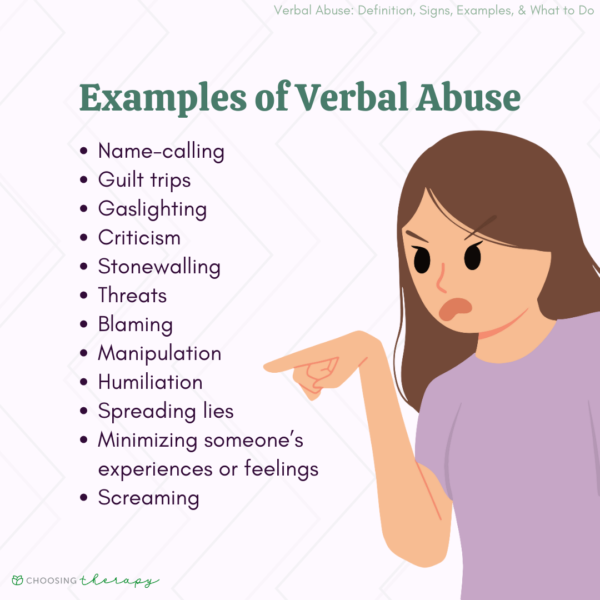In a world increasingly attuned to emotional well-being, it is crucial to scrutinize the implications of language, particularly towards our canine companions. Verbal abuse may not leave physical scars, but its repercussions on dogs can be profound and lasting. This article delves into the nuances of verbal interactions with our pets, assessing whether seemingly innocuous words can lead to significant emotional harm.
To commence, it is imperative to acknowledge the unique bond shared between humans and dogs. This relationship is predicated on trust and communication. Dogs are not merely pets; they are sentient beings capable of experiencing a spectrum of emotions, including joy, fear, and anxiety. Just as humans suffer psychological trauma from harmful words, dogs can respond adversely to verbal negativity, which begs the question: how much weight do our words carry in the context of canine psychology?
Initially, let us explore the concept of verbal abuse. In human contexts, it often encapsulates derogatory language, threats, or belittling remarks. While one might dismiss harsh words directed at dogs as inconsequential—rooted in the belief that animals do not comprehend language—it is essential to think beyond the superficial. Dogs are highly perceptive creatures; they can interpret tone, pitch, and body language, all of which contribute to a comprehensive emotional lexicon.
The first dimension of harm occurs from the emotional distress induced by an aggressive tone. A sharp reprimand, even if devoid of explicit insults, can elicit a fear response in a dog. Physiological manifestations may include cowering, tail-tucking, or averted gaze—behaviors indicative of anxiety in canine companions. Such reactions are analogous to the human experience of feeling threatened or belittled, an instinctual response to perceived danger. This emotional response raises vital considerations about training methods and communication styles employed by dog owners.
Furthermore, habitual exposure to negative verbal interactions can lead to long-term psychological effects. Just as children raised in a verbally abusive environment may develop anxiety disorders or low self-esteem, dogs too may exhibit signs of chronic stress. Persistent anxiety can manifest in various behavioral issues: destructive chewing, excessive barking, or even aggression towards other animals. A cycle begins whereby a dog, fearful and anxious, acts out and is met with further reprimand, thereby cementing a detrimental feedback loop of distress.
Conversely, positive verbal reinforcement, characterized by encouraging tones and affirmations, fosters trust and security. This raises important questions about training techniques. While many trainers advocate for dominance and control through firm verbal corrections, others champion a kind-hearted approach that prioritizes praise and positive reinforcement. It is a vital shift in perspective to recognize that fostering an environment of emotional support can yield not only a better-behaved dog but also a healthier mental state for the animal.
To further appreciate the emotional landscape of a dog’s existence, consider their inherent sensitivity to human emotions. Dogs are often seen as emotional barometers, attuned to their owner’s moods. When negative words are employed, the resulting discord can ripple through their psyche, leading to behavioral changes. For example, an anxious owner may inadvertently transmit their feelings through sharp commands or a tense demeanor, further exacerbating the dog’s stress levels. This intimate link between a pet’s behavior and human emotion underscores the need for mindfulness in communication.
Moreover, the ramifications of verbal abuse extend far beyond the immediate training situation. A dog subjected to a chronic barrage of negative speech may develop learned helplessness, a concept more commonly associated with human psychology. This phenomenon manifests when an individual perceives a lack of control over their situation, leading to a withdrawal from engagement. In dogs, this may appear as apathy or disengagement from play, interactions, or even basic obedience. The emotional dullness that can ensue is tragic, as it diminishes the inherent joy of companionship.
It is also essential to consider the broader societal implications of normalizing verbal abuse towards dogs. When negative speech is perceived as a standard aspect of training, it perpetuates a culture that undervalues the emotional well-being of animals. This culture can influence how future generations regard animals, leading to diminished empathy and understanding. As advocates for animal welfare, it is incumbent upon us to challenge these narratives and promote a discourse centered on kindness and respect.
In summary, verbal abuse towards dogs may appear trivial in the grand scheme of training and obedience; however, its impact is anything but negligible. The emotional ramifications of harsh words can result in profound psychological distress, affecting not only the dog’s behavior but also their intrinsic ability to engage in joyful companionship. The responsibility lies with pet owners to cultivate an environment of encouragement and empathy, paving the way for an enriching relationship that respects the emotional landscapes of our beloved companions.
Therefore, as we scrutinize our spoken words, remember that every tone, inflection, and phrase carries weight. Let us strive for positive communication, one where encouragement prevails over admonishment, nurturing a world where emotional health is prioritized—both for humans and dogs alike.









